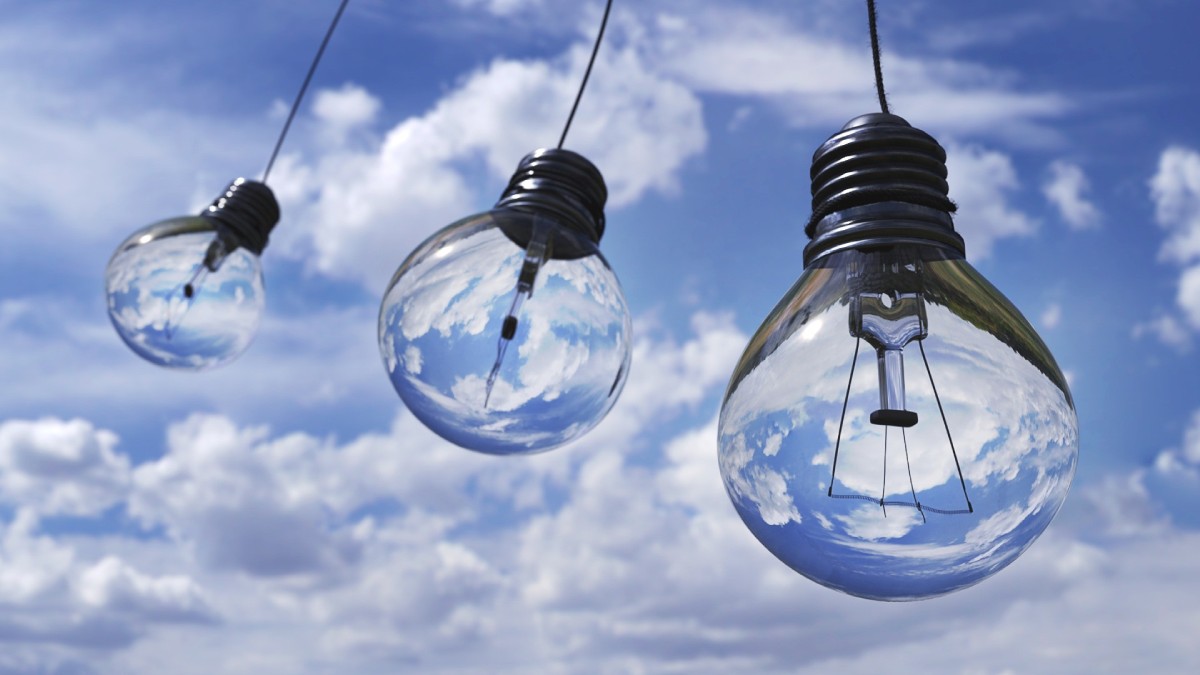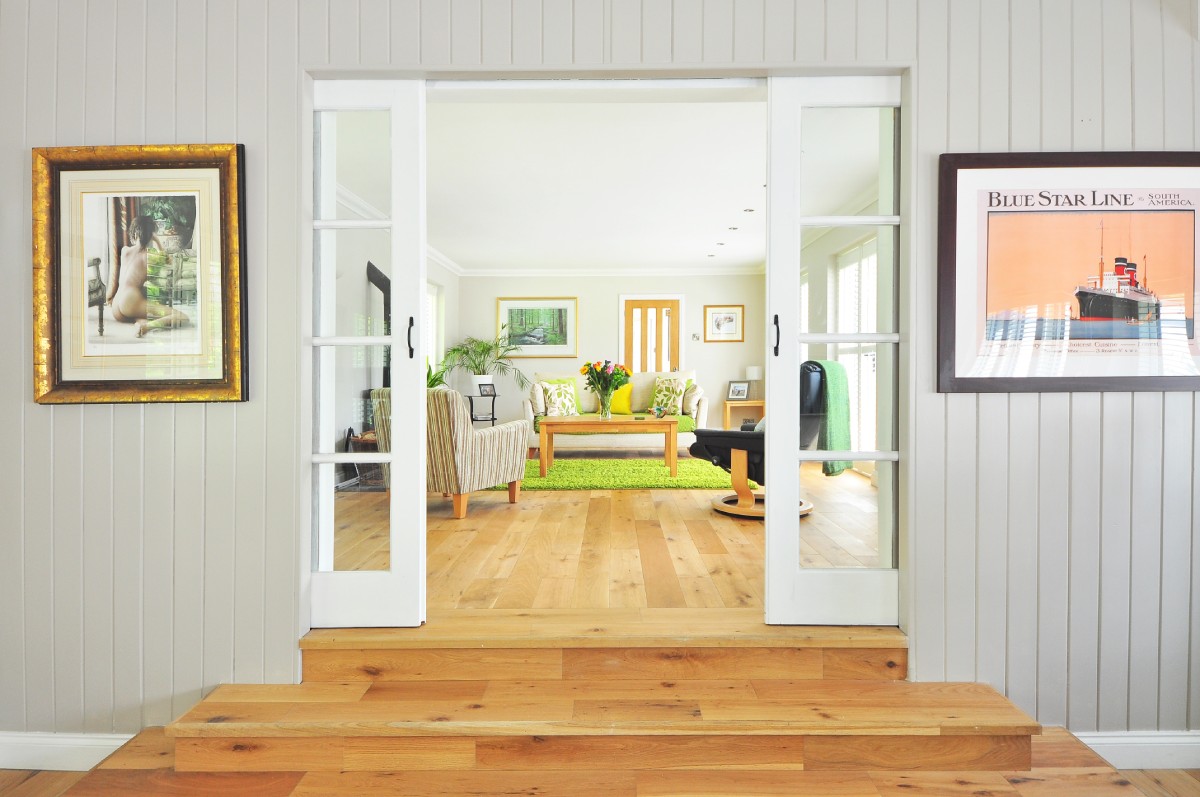Introduction
In today’s world, where sustainability and environmental consciousness are increasingly valued, energy efficiency has become a significant consideration for homeowners. One area that plays a crucial role in household energy consumption is lighting. How we light our homes can significantly impact our energy usage and, consequently, our carbon footprint.
Importance of energy efficiency in homes
Energy efficiency is essential for several reasons. Firstly, it helps reduce the overall energy consumption of households, leading to lower electricity bills and cost savings for homeowners. Secondly, energy efficiency contributes to environmental sustainability by reducing greenhouse gas emissions associated with energy generation. By minimizing our energy usage, we can mitigate the negative impacts of energy production on the environment, such as air pollution and climate change. Lastly, energy efficiency enhances energy security and reduces dependence on fossil fuels, promoting a more resilient and sustainable energy future.
Overview of the impact of lighting on energy consumption
Lighting accounts for a significant portion of a household’s energy usage. Though widely used in the past, traditional incandescent light bulbs are highly inefficient, as they convert much of the energy they consume into heat rather than light. This inefficiency results in unnecessary energy waste and higher electricity bills.
However, the good news is that energy-efficient lighting solutions offer an excellent alternative. Technologies such as Light Emitting Diodes (LEDs) and compact fluorescent lamps (CFLs) have revolutionized the lighting industry by providing more sustainable and energy-saving options.
LEDs, in particular, have gained popularity due to their exceptional energy efficiency and long lifespan. Compared to incandescent bulbs, LEDs consume significantly less energy while delivering the same or even higher-quality light output. Additionally, LEDs have a lifespan that is many times longer, reducing the frequency of bulb replacements and the associated waste.
Homeowners can significantly reduce their energy consumption and carbon footprint by adopting energy-efficient lighting solutions. Not only do these solutions provide immediate energy savings, but they also contribute to a more sustainable future by conserving resources and reducing environmental impact.
In the following sections, we will explore various energy-efficient lighting options available for homeowners, their benefits, and practical tips for implementing them in a greener home. By making informed choices and embracing energy-efficient lighting, homeowners can create a more sustainable living environment while enjoying the benefits of reduced energy costs and enhanced comfort.
Benefits of Energy-Efficient Lighting
Energy-efficient lighting solutions offer a range of compelling benefits for homeowners seeking to create a greener home environment. By embracing these technologies, individuals can enhance their lighting experience and contribute to significant energy savings, reduce their carbon footprint, and enjoy longer-lasting lighting solutions.
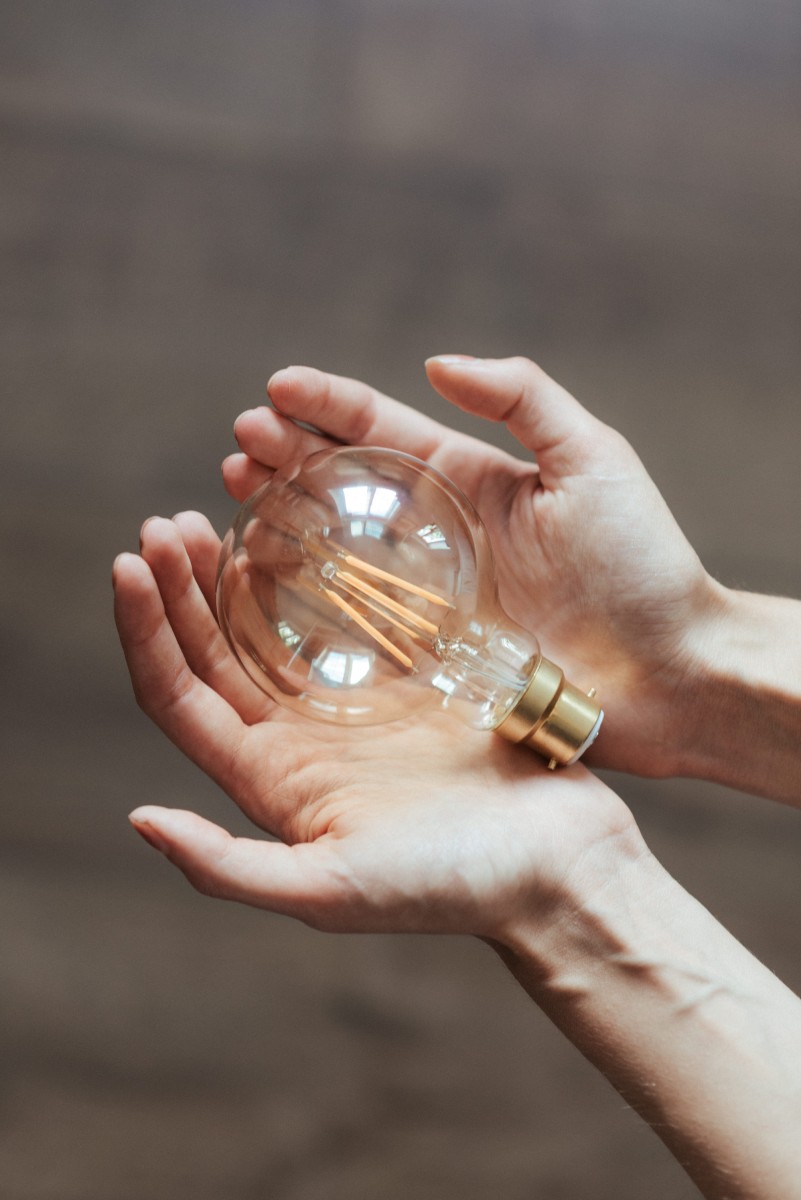
Reducing energy consumption and utility bills
One of the most immediate and tangible benefits of energy-efficient lighting is the reduction in energy consumption and lower utility bills. Energy-efficient lighting technologies, such as LED and CFL bulbs, require significantly less energy to produce the same light as traditional incandescent bulbs. This efficiency translates into substantial energy savings over time. By simply replacing incandescent bulbs with energy-efficient alternatives, homeowners can witness a noticeable decrease in their electricity usage and, subsequently, a reduction in their utility bills.
Furthermore, energy-efficient lighting options often have dimming capabilities and motion sensors, allowing homeowners to optimize their energy usage further. These features enable users to adjust the light intensity based on their needs, eliminating unnecessary energy waste and maximizing energy efficiency.
Lowering carbon footprint and environmental impact
Another critical advantage of energy-efficient lighting is its positive impact on the environment. Traditional incandescent bulbs are highly inefficient, converting much of their energy into heat rather than light. This inefficiency not only contributes to higher energy consumption but also results in increased greenhouse gas emissions from power plants.
In contrast, energy-efficient lighting solutions significantly reduce energy consumption, leading to a corresponding decrease in greenhouse gas emissions. LED and CFL bulbs, for instance, consume up to 80% less energy than incandescent bulbs, substantially reducing carbon dioxide emissions. By adopting energy-efficient lighting, homeowners can actively contribute to combating climate change and promoting a more sustainable future.
Longer lifespan and durability of energy-efficient lighting
Energy-efficient lighting options offer a longer lifespan and enhanced durability than traditional lighting technologies. LED bulbs, in particular, have an exceptionally long lifespan, lasting up to 25 times longer than incandescent bulbs. This longevity reduces the frequency of bulb replacements and minimizes the amount of waste generated.
The durability of energy-efficient lighting solutions is also worth noting. LED and CFL bulbs are designed to withstand various environmental conditions and are less prone to breakage. Their robust construction makes them suitable for indoor and outdoor applications, ensuring reliable and long-lasting performance.
By choosing energy-efficient lighting solutions with extended lifespans and durability, homeowners can minimize the need for frequent replacements, thereby reducing waste and the associated environmental impact.
In conclusion, embracing energy-efficient lighting solutions offers numerous benefits for homeowners striving to create a greener home. By reducing energy consumption, lowering utility bills, and decreasing carbon emissions, energy-efficient lighting helps individuals make a positive environmental impact. Additionally, these lighting options’ longer lifespan and durability contribute to resource conservation and waste reduction. By switching to energy-efficient lighting, homeowners can enhance their living environment, save money, and contribute to a more sustainable future.
LED Lighting: The Eco-Friendly Choice
LED (light-emitting diode) lighting has emerged as a popular and eco-friendly choice for homeowners seeking energy-efficient lighting solutions. With numerous advantages over traditional incandescent bulbs, LED technology offers significant energy savings, cost-effectiveness, and environmental benefits.
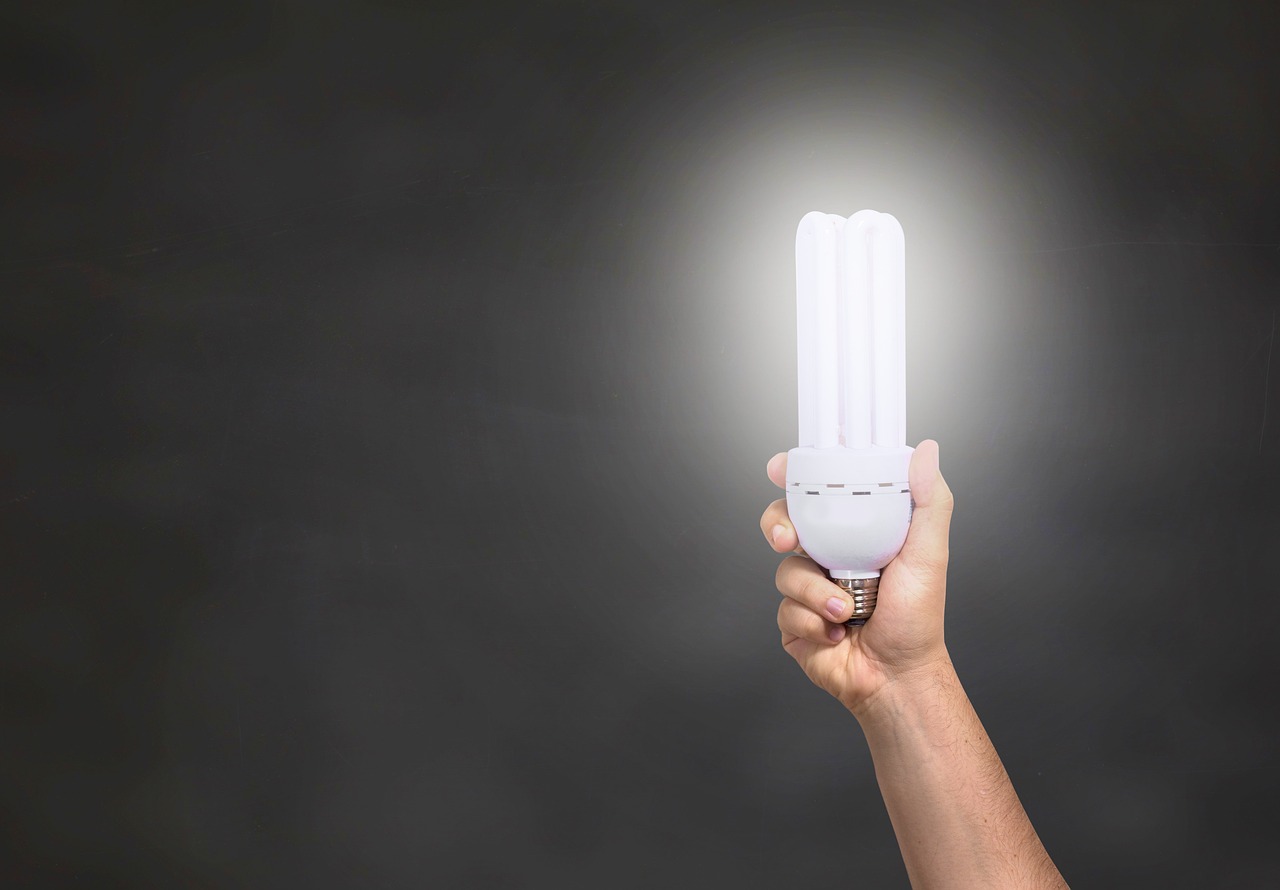
Introduction to LED (light-emitting diode) technology
LED lighting utilizes semiconductors to produce light efficiently. When an electric current passes through the semiconductor material, it emits photons, generating light. Unlike incandescent bulbs, which rely on heating a filament to produce light, LEDs operate through electroluminescence. This unique technology enables LEDs to convert more electrical energy into light, making them significantly more energy-efficient.
LEDs come in various shapes, sizes, and colors, making them suitable for multiple lighting applications. From household lighting fixtures to outdoor landscape lighting, LEDs offer versatility and adaptability to different lighting needs.
Advantages of LED bulbs over traditional incandescent bulbs
LED bulbs offer several advantages over traditional incandescent bulbs, making them a superior choice for energy-efficient lighting in homes.
-
Energy Efficiency: LED bulbs are incredibly energy-efficient, consuming much less energy than incandescent bulbs to produce the same amount of light. While incandescent bulbs waste a significant portion of their energy as heat, LED bulbs convert almost all of it into light. As a result, LEDs can achieve energy savings of up to 80% compared to incandescent bulbs.
-
Longer Lifespan: LED bulbs have a remarkably longer lifespan than incandescent bulbs. While traditional bulbs typically last around 1,000 hours, LEDs can last tens of thousands of hours. This extended lifespan not only reduces the frequency of bulb replacements but also lowers maintenance costs and reduces waste.
-
Durability and Safety: LED bulbs are highly durable and resistant to shocks, vibrations, and temperature fluctuations. They do not contain fragile filaments or glass components, making them more resistant to breakage. LED bulbs also generate less heat, reducing the risk of fire hazards and making them safer to handle.
-
Environmental Impact: LED lighting has a significantly lower environmental impact than incandescent bulbs. The reduced energy consumption of LEDs translates into decreased carbon dioxide emissions and a smaller carbon footprint. LED bulbs also do not contain hazardous materials such as mercury, which is present in compact fluorescent lamps (CFLs). This eco-friendly aspect of LEDs makes them a sustainable choice for environmentally conscious homeowners.
Energy savings and cost-effectiveness of LED lighting
The energy savings achieved through LED lighting translate into long-term cost savings for homeowners. Although LED bulbs may have a higher upfront cost than traditional bulbs, their extended lifespan and lower energy consumption offset the initial investment. Over time, homeowners can recoup the higher upfront cost through reduced electricity bills and the need for fewer bulb replacements.
Furthermore, government incentives and energy efficiency programs often promote the adoption of LED lighting by providing rebates and discounts. These initiatives further enhance the cost-effectiveness of LED lighting solutions, making them even more accessible and affordable for homeowners.
In conclusion, LED lighting is eco-friendly for homeowners seeking energy-efficient lighting solutions. With its energy efficiency, longer lifespan, durability, and lower environmental impact, LED bulbs offer numerous advantages over traditional incandescent bulbs. The cost-effectiveness of LED lighting, combined with its significant energy savings, makes it an intelligent investment for greener homes. By making the switch to LED lighting, homeowners can reduce their energy consumption, lower their carbon footprint, and enjoy long-lasting, high-quality illumination throughout their homes.
Exploring Smart Lighting Systems
In the quest for energy-efficient lighting solutions, smart lighting systems have emerged as cutting-edge technology that offers convenience, customization, and significant energy savings. By integrating advanced features and connectivity, smart lighting systems provide a range of benefits for homeowners seeking greener homes.
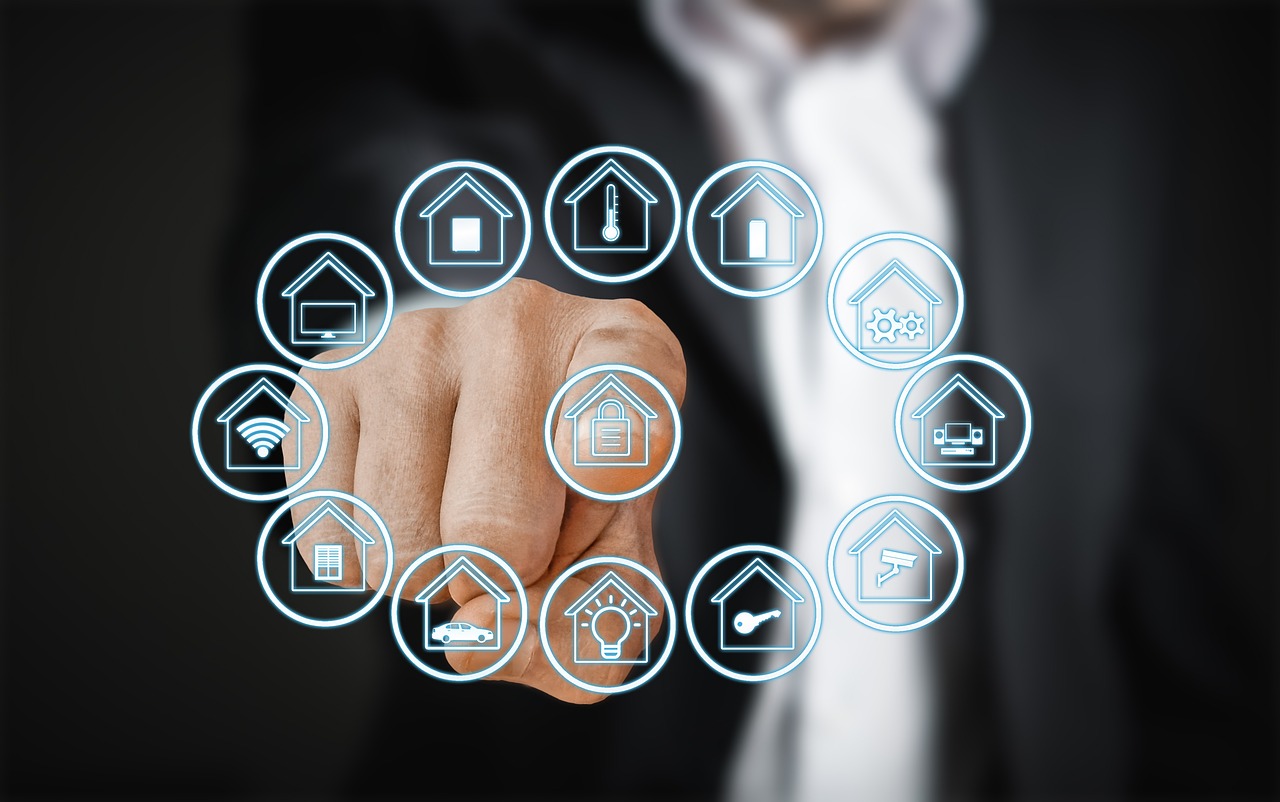
Overview of smart lighting technology
Smart lighting refers to a lighting system that can be controlled, automated, and customized through wireless communication and intelligent devices. These systems typically consist of LED bulbs or fixtures embedded with smart technology, such as sensors, wireless connectivity, and compatibility with smart home platforms.
Smart lighting technology allows users to control their lights remotely via smartphone apps or voice commands. This wireless control enables homeowners to adjust brightness levels, change colors, and create personalized lighting scenes tailored to their preferences and needs.
Features and benefits of smart lighting systems
Smart lighting systems offer a wide array of features and benefits that enhance energy efficiency and improve the overall lighting experience in a greener home.
-
Energy Optimization: One of the primary advantages of smart lighting systems is their ability to optimize energy consumption. Through motion sensors, occupancy detection, and scheduling capabilities, smart lighting can automatically adjust lighting levels based on the presence of individuals in a room or the time of day. This intelligent control ensures that lights are only used when needed, reducing energy waste and lowering electricity bills.
-
Customization and Ambiance: Smart lighting systems allow homeowners to create customized lighting scenes and ambiance easily. Whether setting the perfect lighting for movie nights, dimming lights for relaxation, or creating a vibrant atmosphere for parties, smart lighting offers versatile control over brightness, color, and effects. This flexibility enhances the living experience and contributes to energy savings by ensuring that lights are set to the desired level for specific activities.
-
Remote Access and Control: With smart lighting systems, homeowners can have remote access and control over their lights. Whether away from home or in another room, they can conveniently turn lights on or off, adjust settings, and monitor energy usage through smartphone apps or voice assistants. This feature provides convenience and better energy management by ensuring lights are not left on when unnecessary.
-
Integration with Home Automation: Smart lighting systems can seamlessly integrate with other smart home devices and automation platforms. Homeowners can create intelligent lighting scenarios based on specific triggers or routines by connecting with home automation systems, such as smart thermostats, occupancy sensors, or voice assistants. For example, lights can automatically turn off when no one is present in a room or dim during daylight hours when natural light is sufficient. This integration enables holistic energy optimization throughout the home, maximizing energy efficiency and reducing wastage.
Integration with home automation for energy optimization
Integrating smart lighting systems with home automation opens up endless possibilities for energy optimization in a greener home. Homeowners can create comprehensive energy management strategies by combining lighting control with other smart devices, such as smart thermostats and smart plugs.
For example, by linking smart lighting with occupancy sensors, the lights can automatically turn on when someone enters a room and turn off when the room is vacant. This ensures that lights are only activated when needed, avoiding unnecessary energy consumption.
Moreover, smart lighting systems can synchronize with natural daylight patterns through daylight harvesting technology. By detecting the amount of natural light available, the smart lighting system can adjust the artificial lighting accordingly, maintaining optimal brightness while minimizing energy usage.
By leveraging home automation capabilities, homeowners can create energy-saving routines and schedules that align with their lifestyles. For instance, they can program the lights to automatically turn off when they leave the house or gradually dim in the evening to promote a more relaxing environment.
The integration of smart lighting systems with home automation not only enhances energy efficiency but also provides convenience, comfort, and control over the lighting environment in a greener home.
In conclusion, smart lighting systems offer a range of features and benefits that contribute to energy efficiency and a greener home. With wireless control, customization options, and integration with home automation, these systems enable homeowners to optimize energy consumption, create personalized lighting experiences, and achieve significant energy savings. By embracing smart lighting technology, homeowners can embark on a journey towards a more sustainable and environmentally friendly living environment.
Daylighting Strategies for Natural Illumination
In pursuing energy-efficient lighting solutions for a greener home, harnessing natural light through daylighting strategies plays a crucial role. Daylighting refers to utilizing natural light to illuminate indoor spaces, reducing the dependence on artificial lighting and providing numerous benefits for homeowners and the environment.
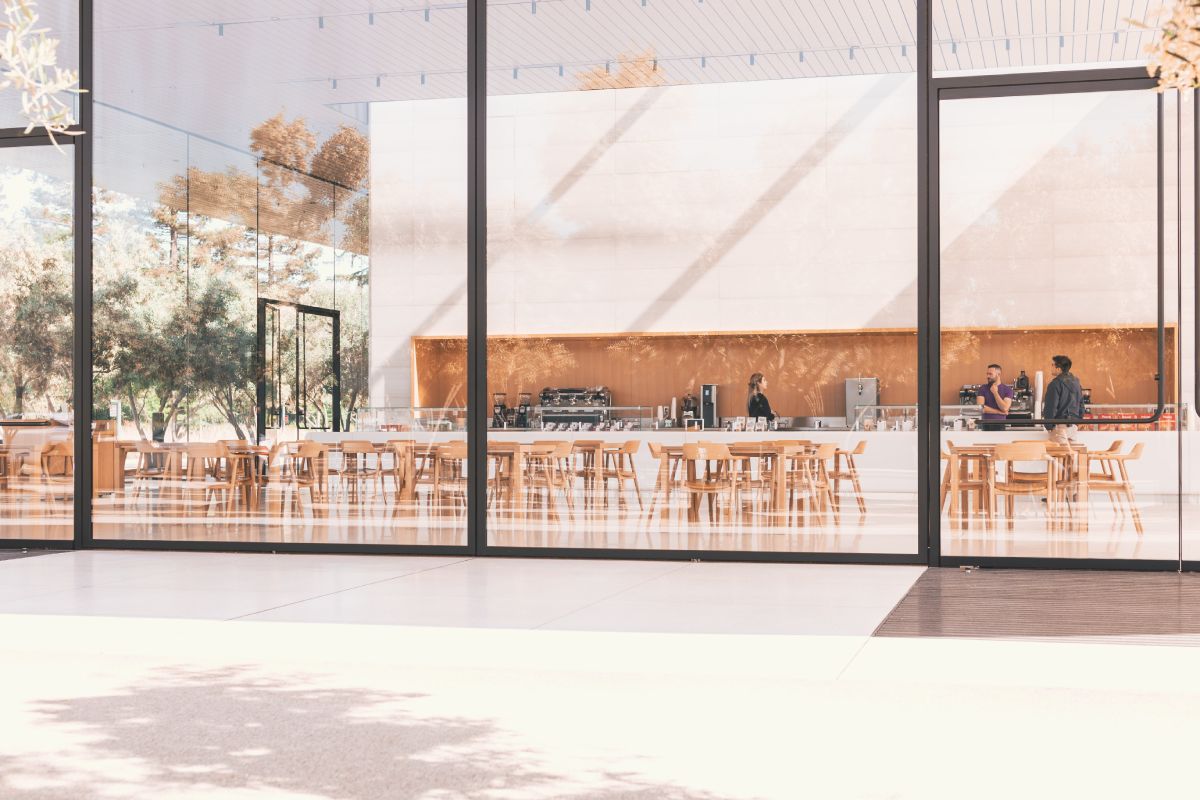
Harnessing natural light to reduce reliance on artificial lighting
Daylighting strategies involve the thoughtful design and placement of windows, skylights, and other openings to maximize the entry of natural light into a home. By harnessing the power of the sun, homeowners can significantly reduce their reliance on artificial lighting during daylight hours. This saves energy and creates a more pleasant and visually appealing living environment.
Strategic placement of windows and skylights allows for optimal light penetration, ensuring that natural light reaches deep into the home’s interior spaces. Architects and designers consider factors such as orientation, window size and placement, and light-reflecting surfaces to enhance the distribution of natural light throughout the space.
Designing spaces to maximize daylight penetration
To maximize daylight penetration, various design elements and techniques can be implemented:
-
Light-Transmitting Materials: The use of light-transmitting materials, such as glass or translucent panels, in windows and skylights enhances the diffusion and distribution of natural light. These materials allow light to pass through while reducing glare and maintaining privacy.
-
Light Shelves and Light Tubes: Light shelves and light tubes are architectural features that help direct and distribute natural light deeper into the interior spaces. Light shelves reflect and redirect sunlight toward the ceiling, spreading the light throughout the room. Light tubes, also known as solar tubes or sun tunnels, capture sunlight from the roof and channel it into interior spaces through highly reflective tubes.
-
Interior Layout and Open Floor Plans: Well-designed interior layouts with open floor plans allow natural light to flow freely from one space to another, maximizing daylight utilization. This design approach eliminates the need for excessive artificial lighting in isolated areas. It promotes a more harmonious and connected living environment.
Benefits for health, well-being, and energy savings
Embracing daylighting strategies offers a range of benefits that extend beyond energy savings:
-
Health and Well-being: Natural light has been proven to positively impact human health and well-being. Exposure to natural light helps regulate the body’s circadian rhythm, promoting better sleep patterns, enhanced mood, and increased productivity. Daylighting can also reduce eye strain and fatigue commonly associated with prolonged exposure to artificial lighting.
-
Visual Comfort and Aesthetics: Natural light provides superior visual comfort and enhances the aesthetics of the living space. The dynamic qualities of natural light, such as its changing intensity and color temperature throughout the day, create a more visually stimulating and enjoyable environment.
-
Energy Efficiency: By reducing the reliance on artificial lighting, daylighting strategies contribute to significant energy savings. By utilizing natural light during the day, homeowners can lower electricity consumption, resulting in reduced energy bills and a smaller carbon footprint.
-
Connection to Nature: Daylighting brings a sense of connection to the natural world, blurring the boundaries between indoor and outdoor spaces. Natural light fosters a closer relationship with nature, enhancing the overall well-being and sense of harmony within the home.
Incorporating daylighting strategies into home design and renovation projects effectively creates energy-efficient and environmentally friendly living spaces. By optimizing the use of natural light, homeowners can enjoy the multitude of benefits offered by daylighting, including reduced energy consumption, improved well-being, and a visually captivating living environment.
Energy-Efficient Lighting Fixtures and Designs
When it comes to energy-efficient lighting solutions for a greener home, selecting the right lighting fixtures and implementing thoughtful design strategies can significantly affect energy consumption and environmental impact. By considering factors such as energy efficiency certifications, control mechanisms, and creative lighting designs, homeowners can create a harmonious blend of efficiency and aesthetics in their lighting choices.
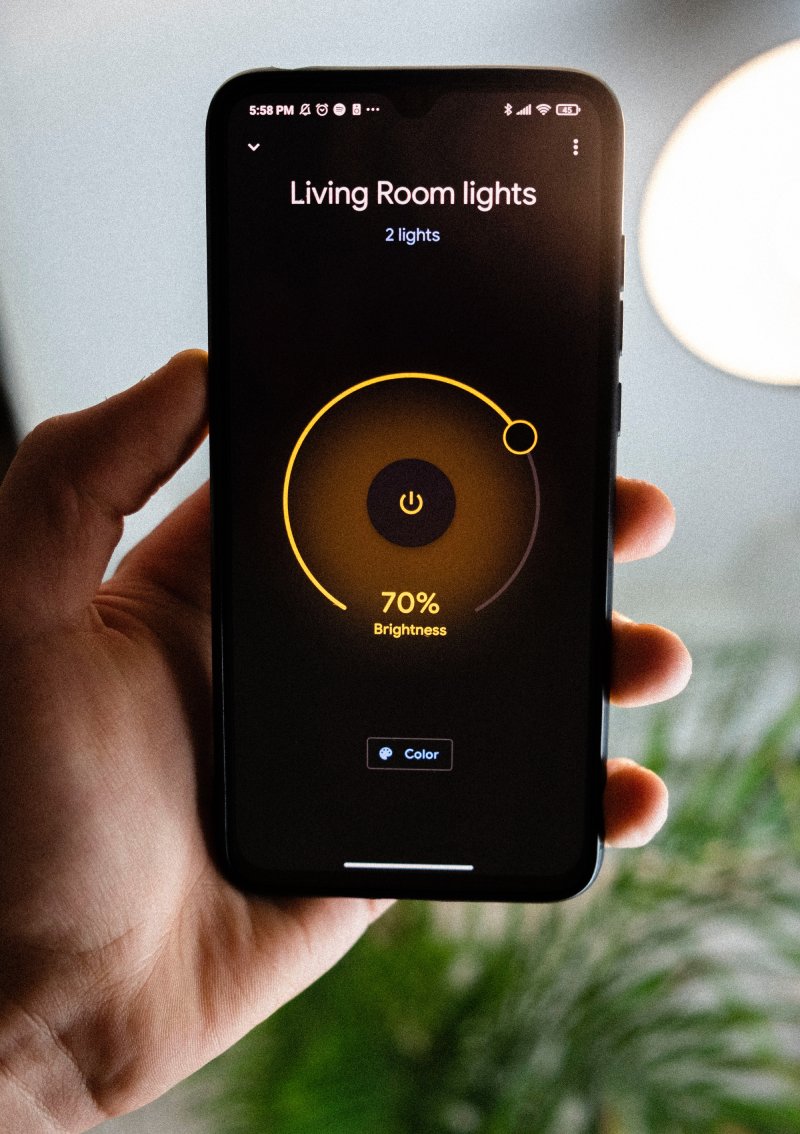
Choosing ENERGY STAR certified lighting products
One of the key considerations in selecting energy-efficient lighting fixtures is to opt for products that carry the ENERGY STAR certification. ENERGY STAR is a widely recognized symbol for energy efficiency, indicating that a product meets strict standards set by the U.S. Environmental Protection Agency (EPA). When choosing lighting products, look for the ENERGY STAR label, which signifies that the fixture has undergone rigorous testing and has demonstrated superior energy efficiency and performance.
ENERGY STAR certified lighting products, such as LED bulbs and fixtures, use significantly less energy than their traditional counterparts while delivering high-quality light output. These products help reduce energy consumption and last longer, resulting in fewer replacements and less waste.
Dimmers, timers, and motion sensors for energy control
Incorporating control mechanisms such as dimmers, timers, and motion sensors into lighting systems to enhance energy efficiency can significantly reduce unnecessary energy usage. These technologies provide effective ways to customize and optimize lighting levels based on specific needs and usage patterns.
-
Dimmers: Dimmers allow homeowners to adjust lighting fixtures’ brightness according to preference and task requirements. By lowering the light output, dimmers reduce energy consumption while creating a cozy and inviting atmosphere.
-
Timers: Timers enable automated lighting control, allowing users to program lights to turn on and off at specific times. This feature ensures that lights are not inadvertently left on when not needed, promoting energy savings and convenience.
-
Motion Sensors: Motion sensors detect occupancy in a room and automatically turn lights on or off accordingly. This technology is particularly useful in areas with intermittent lighting needs, such as hallways, bathrooms, or utility rooms. By eliminating the reliance on manual control, motion sensors help prevent unnecessary energy waste.
Creative lighting designs for enhanced efficiency and aesthetics
In addition to selecting energy-efficient fixtures and incorporating control mechanisms, creative lighting designs can further, enhance both efficiency and aesthetics within a greener home.
-
Task Lighting: Task lighting provides focused illumination for specific activities, such as reading, cooking, or desk work. By employing task lighting fixtures, such as adjustable desk lamps or under-cabinet lights, homeowners can ensure that light is directed precisely where it is needed, reducing the overall lighting load in space.
-
Layered Lighting: Layered lighting combines multiple light sources, including ambient, task, and accent lighting, to create a well-balanced and visually appealing lighting scheme. By strategically utilizing different light sources and fixtures, homeowners can achieve optimal lighting levels while minimizing energy consumption.
-
Natural Integration: Integrating natural light with artificial lighting sources creates a seamless transition between indoor and outdoor environments. By strategically placing windows, skylights, or light tubes in conjunction with artificial lighting fixtures, homeowners can maximize the use of natural light during daylight hours, reducing the need for artificial lighting and enhancing the overall visual appeal of the space.
By considering energy-efficient lighting fixtures, implementing control mechanisms, and embracing creative lighting designs, homeowners can achieve energy efficiency and aesthetic enhancement. These strategies contribute to a greener and more sustainable environment and create a welcoming and visually captivating atmosphere that enhances the overall living experience.
Lighting Control and Automation
In the quest for a greener home, implementing effective lighting control and automation strategies is crucial in optimizing energy management and enhancing the overall efficiency of lighting systems. By harnessing advanced technologies such as timers, occupancy sensors, and light zoning, homeowners can achieve significant energy savings while enjoying the convenience and benefits of personalized lighting preferences and scheduling.
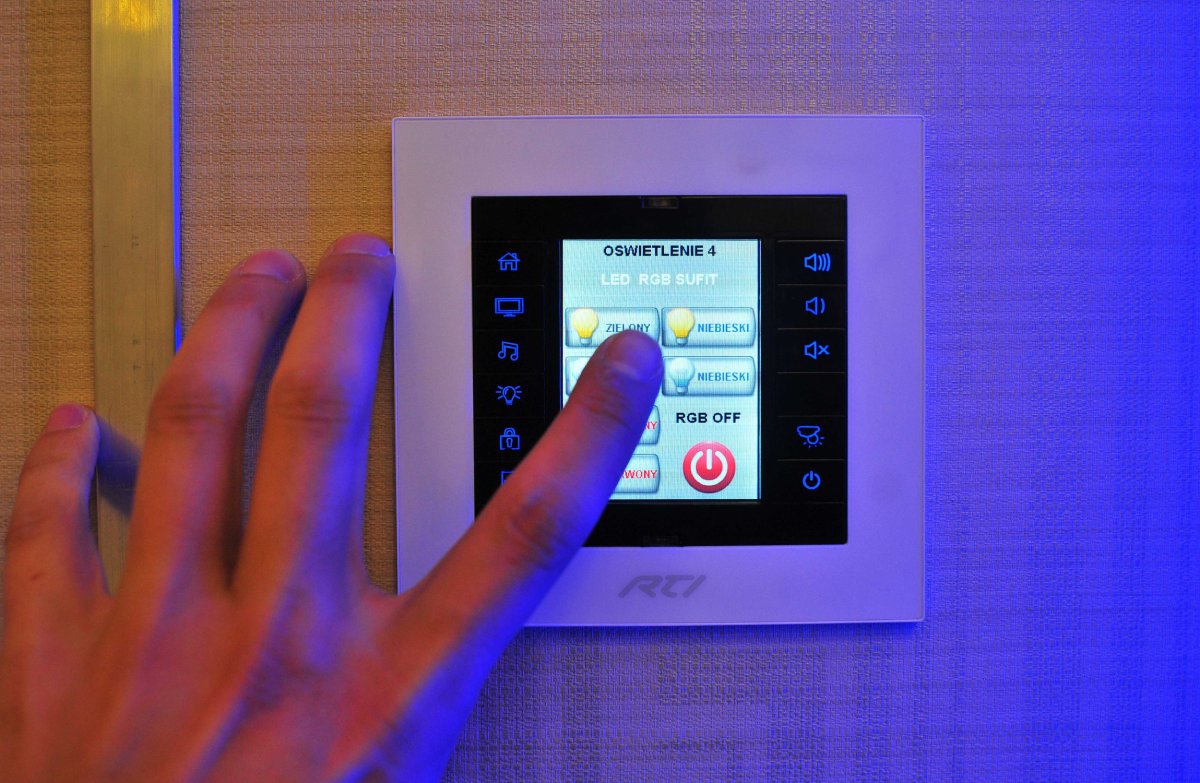
Implementing lighting controls for energy management
Integrating lighting controls into the home allows for precise management and customization of lighting levels, promoting energy efficiency without compromising comfort or convenience. Lighting controls allow homeowners to adjust, automate, and personalize their lighting according to specific needs and preferences.
One popular lighting control solution is the use of dimmers. Dimmers allow users to adjust lighting fixtures’ brightness, creating the desired ambiance and reducing energy consumption. By dimming lights to appropriate levels, homeowners can save energy while creating a cozy and relaxed atmosphere for different activities or moods.
Timers, occupancy sensors, and light zoning strategies
Timers, occupancy sensors, and light zoning are effective tools for optimizing energy use and minimizing wasteful lighting practices.
-
Timers: Timers enable automated scheduling of lighting operations, allowing lights to turn on and off at predetermined times. Homeowners can program timers to align with their daily routines, ensuring that lights are only active when necessary. For instance, setting timers to turn off lights during daytime hours or when the house is typically unoccupied can lead to substantial energy savings.
-
Occupancy Sensors: Occupancy sensors detect the presence or absence of individuals in a room and automatically control the lighting accordingly. These sensors ensure that lights are activated when someone enters a space and automatically turned off when the area becomes unoccupied. By eliminating the reliance on manual operation, occupancy sensors prevent lights from being left on unnecessarily, reducing energy waste.
-
Light Zoning: Light zoning involves dividing a home’s lighting system into separate zones that can be controlled independently. This strategy allows homeowners to tailor lighting settings to different areas or specific activities, avoiding overlighting and unnecessary energy consumption. For example, zoning can be implemented to control lighting in the living room, kitchen, and bedrooms, allowing residents to illuminate only the required areas at any given time.
Benefits of personalized lighting preferences and schedule
One of the key advantages of lighting control and automation is the ability to personalize lighting preferences and schedules according to individual needs and lifestyle patterns. This level of customization brings several benefits:
-
Energy Savings: Homeowners can minimize energy waste and optimize energy usage by implementing personalized lighting schedules and preferences. Lights will only be active when and where they are needed, reducing overall energy consumption and lowering utility costs.
-
Convenience and Comfort: Lighting automation adds convenience and enhances a home’s overall comfort. For instance, homeowners can schedule lights to turn on gradually in the morning, simulating a natural sunrise and facilitating a gentle wake-up experience. Similarly, setting lights to adjust brightness levels based on the time of day automatically can create a pleasant and cozy ambiance for different activities.
-
Enhanced Security: Automated lighting control can also contribute to home security. Timers and occupancy sensors can be programmed to simulate occupancy when residents are away, deterring potential intruders by giving the impression that someone is home.
By implementing lighting control and automation strategies, homeowners can achieve optimal energy management, convenience, and comfort in their homes. With the ability to personalize lighting preferences, schedule lighting operations, and use sensors and timers intelligently, households can reduce energy waste and create a greener living environment while enjoying the benefits of a well-designed and efficient lighting system.
Lighting Maintenance and Disposal
Taking care of lighting fixtures and responsibly managing their disposal is essential to maintaining a greener home. By following proper maintenance practices and adopting environmentally responsible approaches to lighting product disposal, homeowners can ensure the longevity and efficiency of their lighting systems while minimizing their environmental impact.

Tips for proper lighting maintenance and cleaning
Regular maintenance and cleaning of lighting fixtures are vital for optimal performance and energy efficiency. Here are some tips for proper lighting maintenance:
-
Turn off lights before maintenance: Before cleaning or performing any maintenance on lighting fixtures, always ensure that the power is switched off to prevent accidents and injuries.
-
Dusting and wiping: Dust and dirt accumulation can reduce lighting effectiveness and lead to higher energy consumption. Regularly dust lighting fixtures and wipe them with a soft, lint-free cloth to maintain their brightness and efficiency.
-
Check for loose connections: Periodically inspect the electrical connections of lighting fixtures to ensure they are secure and free from loose wires. Loose connections can cause flickering lights or inefficient operation, wasting energy.
-
Replace faulty components: If you notice flickering lights, dimming issues, or unusual noises, promptly replace defective components such as bulbs, ballasts, or drivers. Faulty parts can lead to increased energy consumption and reduced lighting performance.
-
Use energy-efficient bulbs: Choose energy-efficient options such as LED or CFL bulbs when replacing bulbs. These bulbs have longer lifespans and consume significantly less energy than traditional incandescent bulbs.
Recycling and disposal of old lighting products
Proper recycling and disposal of old lighting products are crucial to prevent environmental pollution and promote resource conservation. Here are suggestions for responsibly managing old lighting products:
-
Research recycling options: Research local recycling programs or facilities that accept lighting products for recycling. Many communities have specific drop-off locations or recycling events for old bulbs and fixtures.
-
Check manufacturer programs: Some lighting manufacturers offer their own recycling programs for their products. Check the manufacturer’s website or contact customer service to inquire about recycling initiatives.
-
Local recycling centers: Contact local recycling centers to inquire about their policies on accepting old lighting products. Some centers may accept bulbs and fixtures for recycling, while others may require specific handling or disposal methods.
-
Hazardous waste disposal: If your area designates lighting products as hazardous waste due to mercury in certain bulbs, follow the proper hazardous waste disposal guidelines provided by your local municipality. Never dispose of these bulbs in regular household trash.
Environmentally responsible practices for bulb disposal
It is important to adopt environmentally responsible practices when disposing of bulbs, especially those containing mercury. Consider the following suggestions:
-
Handle carefully: If a bulb breaks during disposal, carefully handle the broken pieces. Avoid direct contact with the mercury-containing component and clean up any broken glass or debris using gloves, a damp cloth, and sealable plastic bags.
-
Recycle mercury-containing bulbs: Mercury-containing bulbs, such as compact fluorescent lamps (CFLs) and some types of fluorescent tubes, should be recycled to prevent mercury from entering landfills. Utilize the appropriate recycling options mentioned earlier for these types of bulbs.
-
Dispose of non-hazardous bulbs responsibly: For non-hazardous bulbs, such as LED bulbs, check if they can be recycled or disposed of in regular trash. Some recycling centers accept LED bulbs for recycling. In contrast, others may allow them to be thrown away with regular household waste.
By adhering to proper lighting maintenance practices and adopting responsible approaches to disposal, homeowners can contribute to a greener home and a healthier environment. Regular maintenance ensures optimal lighting performance and energy efficiency while recycling or properly disposing of old lighting products helps minimize the impact on landfills and promotes the conservation of valuable resources.
Conclusion
Energy-efficient lighting solutions offer numerous benefits for creating a greener home. Homeowners can play a significant role in reducing their environmental impact and contributing to a more sustainable future.
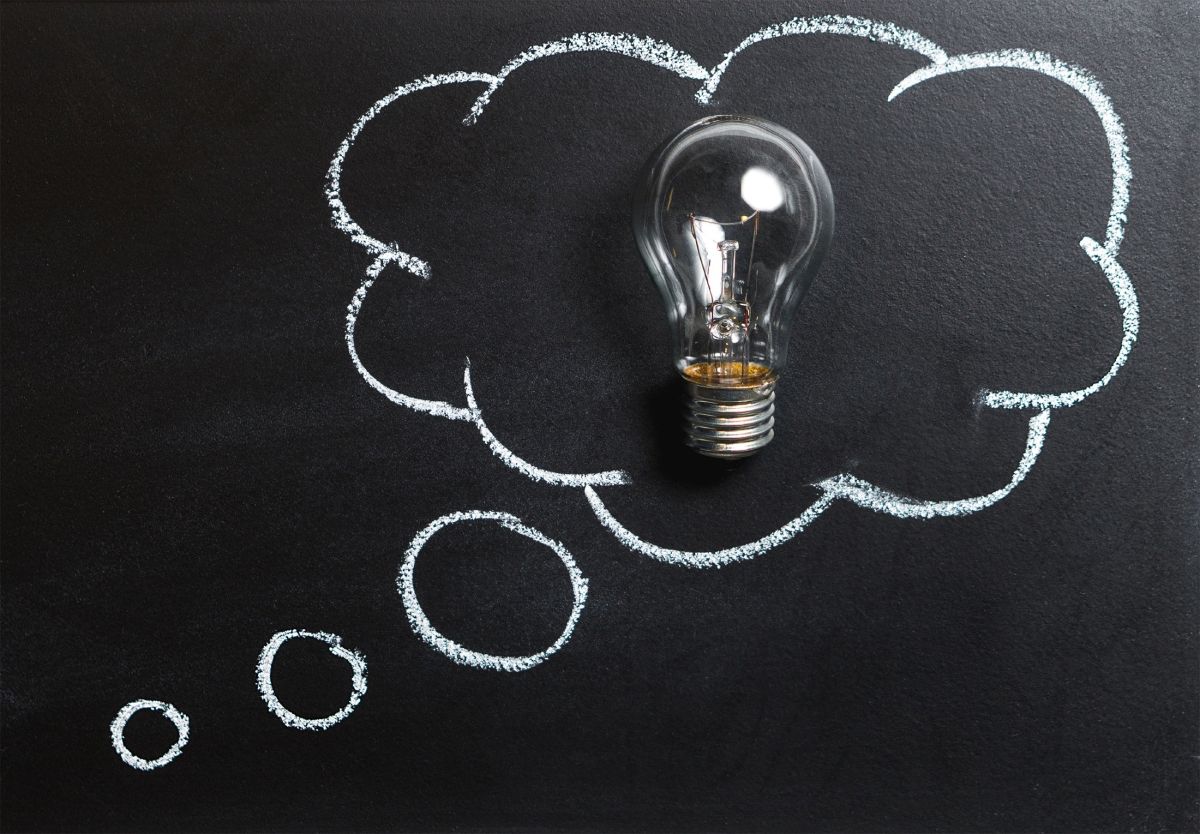
Recap of the benefits of energy-efficient lighting
Energy-efficient lighting brings several advantages that positively impact the environment and homeowners’ daily lives. Let’s summarize the key benefits:
-
Reduced energy consumption and utility bills: Energy-efficient lighting solutions, such as LED bulbs and smart lighting systems, significantly reduce energy consumption, leading to lower electricity bills. Homeowners can enjoy the same level of brightness while consuming less energy.
-
Lower carbon footprint and environmental impact: Energy-efficient lighting reduces greenhouse gas emissions by minimizing electricity usage. By choosing eco-friendly options, homeowners actively contribute to mitigating climate change and preserving natural resources.
-
Longer lifespan and durability: Energy-efficient lighting solutions, particularly LED bulbs, have a longer lifespan than traditional incandescent bulbs. This longevity translates into fewer replacements, reduced waste, and cost savings over time.
Encouragement to adopt eco-friendly lighting solutions
Encouraging homeowners to embrace eco-friendly lighting solutions for their homes is essential. We can inspire action and promote positive change. Consider the following points:
-
Make a conscious choice: When purchasing lighting products, choose energy-efficient options such as LED bulbs or ENERGY STAR certified fixtures. By making a conscious choice, homeowners contribute to energy conservation and support sustainable practices.
-
Explore smart lighting technologies: Smart lighting systems offer convenience, energy optimization, and customization options. Encourage homeowners to explore the benefits of smart lighting and consider integrating them into their homes for enhanced energy efficiency.
-
Seek professional guidance: Homeowners can consult with lighting professionals or energy experts to identify the most suitable energy-efficient lighting solutions for their specific needs. Professional advice ensures the selection of appropriate products and optimal lighting design for maximum efficiency.
Promoting sustainable living through energy conservation and greener homes
Promoting sustainable living extends beyond energy-efficient lighting. Let’s emphasize the importance of energy conservation and the role of greener homes in sustainable living:
-
Embrace a holistic approach: Energy-efficient lighting is just one aspect of creating a greener home. Encourage homeowners to adopt a holistic approach to sustainability by implementing energy-saving practices in other areas, such as heating and cooling systems, insulation, and appliance efficiency.
-
Educate and raise awareness: Promote the importance of energy conservation and sustainable living through educational resources, awareness campaigns, and community initiatives. By raising awareness, homeowners can make informed choices and inspire others to follow suit.
-
Be ambassadors of change: Encourage homeowners to become ambassadors of sustainable community living. Share personal experiences, success stories, and the benefits of energy-efficient lighting to inspire others to take action and positively impact the environment.
By embracing energy-efficient lighting solutions, homeowners can create greener homes that reduce their environmental footprint and provide long-term cost savings. Together, through individual actions and collective efforts, we can foster a more sustainable future for generations to come.
Remember, every small step toward energy conservation and eco-friendly choices contributes to a brighter and greener future. Let’s embark on this journey of sustainability, one light bulb at a time.

